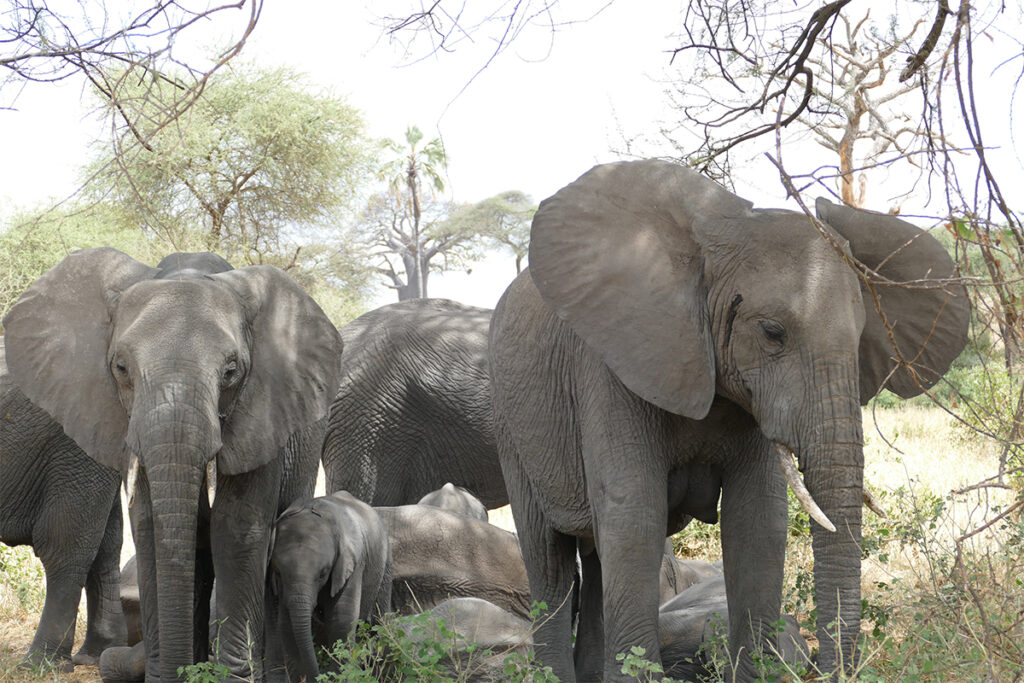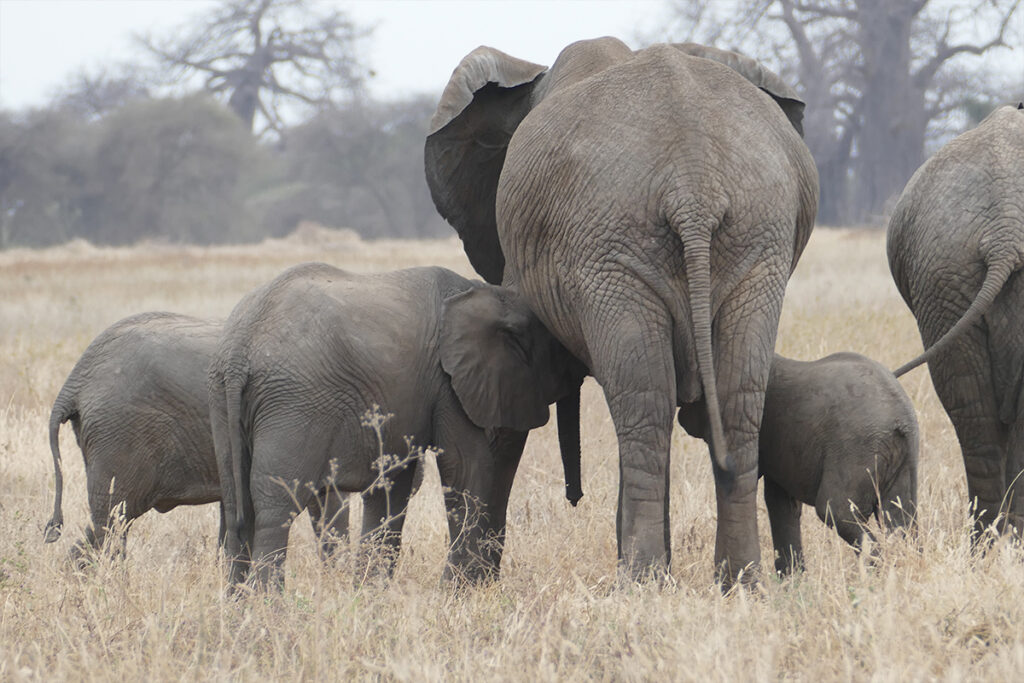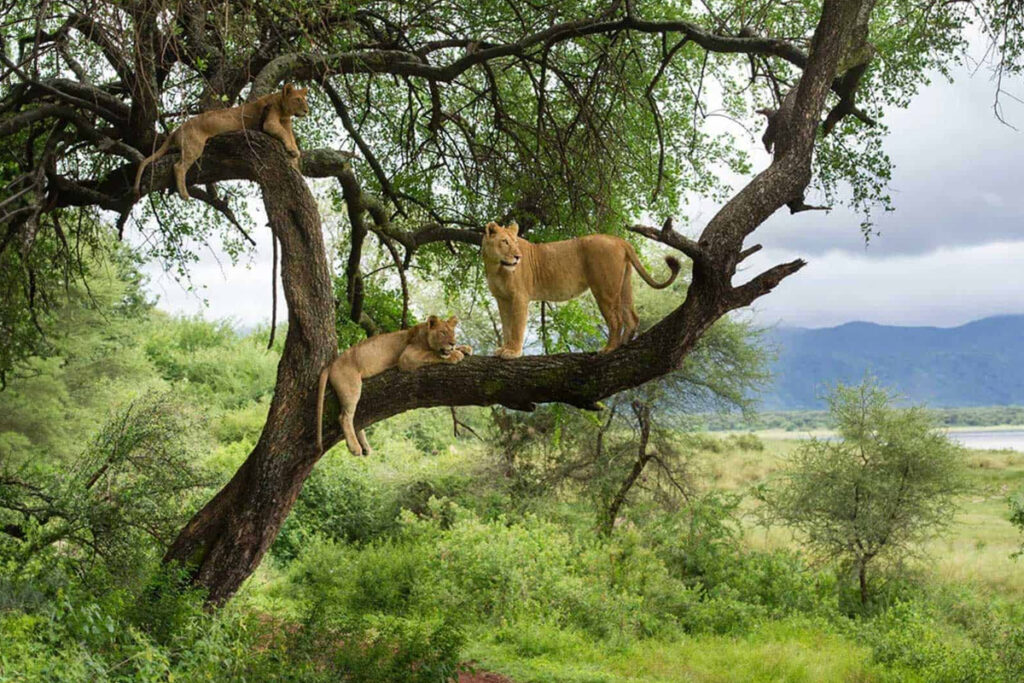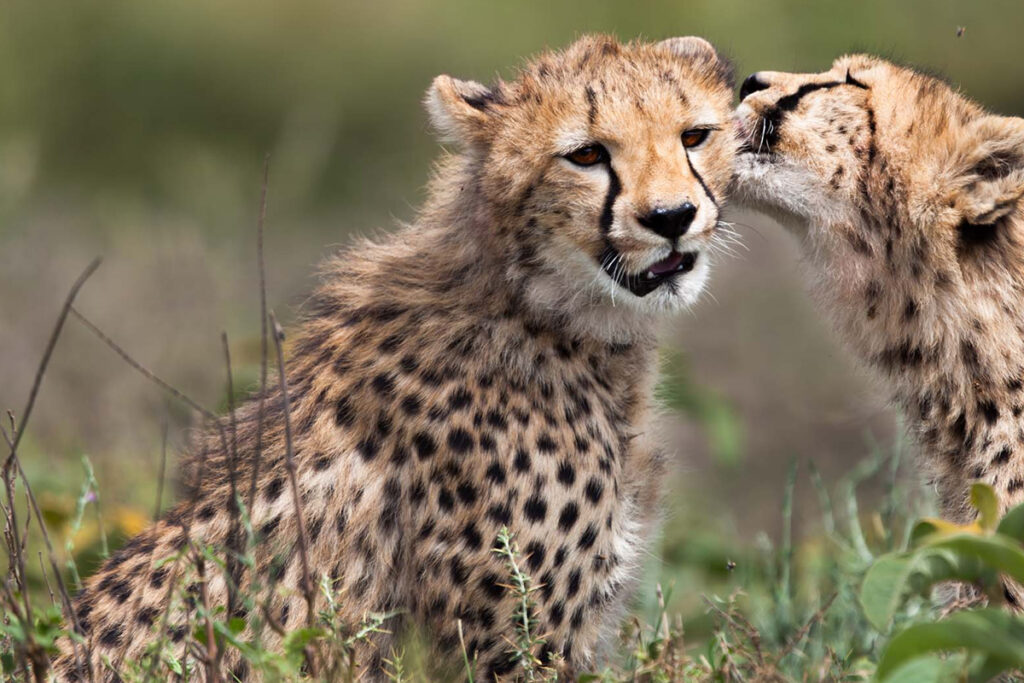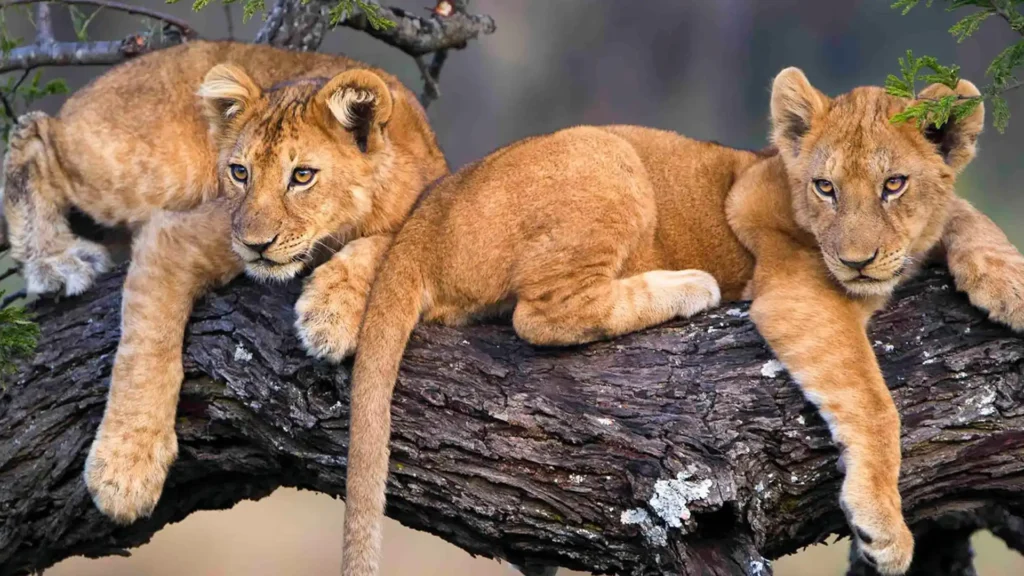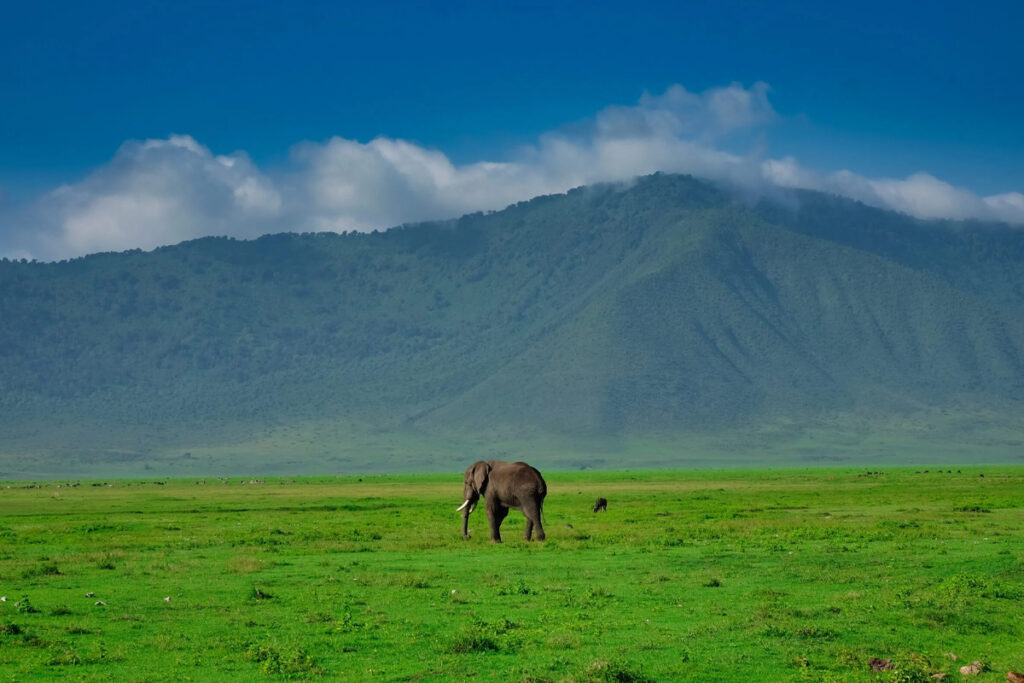Tanzania Safari FAQs: All You Need to Know
Planning a safari in Tanzania is an exciting adventure, but it’s natural to have a lot of questions. From what to pack to understanding the best time to visit, these frequently asked questions cover everything you need to know before embarking on your Tanzanian safari.
1. General Safari Information
Where is Tanzania located?
Tanzania is located in East Africa, bordered by Kenya and Uganda to the north, Rwanda, Burundi, and the Democratic Republic of Congo to the west, and Zambia, Malawi, and Mozambique to the south. Its eastern coast faces the Indian Ocean, and it is home to some of the world’s most iconic national parks and game reserves.
Why is Tanzania a popular safari destination?
Tanzania is renowned for its rich wildlife and diverse landscapes, making it one of Africa’s top safari destinations. Highlights include:
- The Serengeti: Famous for the Great Migration of wildebeest and zebras.
- Ngorongoro Crater: A UNESCO World Heritage Site with incredible wildlife density.
- Selous Game Reserve: The largest game reserve in Africa.
- Mount Kilimanjaro: The highest peak in Africa.
- Zanzibar: A stunning island known for its beaches and cultural history.
2. Best Time to Visit Tanzania
What is the best time of year for a Tanzania safari?
The best time to visit Tanzania for a safari depends on the experience you’re looking for:
| Season |
Months |
Safari Highlights |
| Dry Season (Peak Season) |
June to October |
Best wildlife viewing, Great Migration river crossings, minimal rainfall. |
| Calving Season |
January to February |
Serengeti calving season, predators in action. |
| Wet Season (Low Season) |
March to May |
Lush landscapes, fewer tourists, and some areas may be inaccessible. |
| Short Rains |
November to December |
Green season, fewer crowds, migratory birds. |
When is the best time to see the Great Migration?
The Great Migration is a year-round event, but the best times to witness specific parts are:
- June to October: River crossings at the Mara River (northern Serengeti).
- January to February: Calving season in the southern Serengeti.
3. Tanzania Safari Logistics
How much does a Tanzania safari cost?
The cost of a safari varies depending on the type of safari, accommodation, and length of stay. Here’s a rough estimate:
- Budget Safari: $150–$300 per person, per day.
- Mid-Range Safari: $300–$600 per person, per day.
- Luxury Safari: $600–$1,500+ per person, per day.
What is included in a typical safari package?
Most safari packages include:
- Accommodation (lodges, camps, or hotels).
- Meals (full board in most cases).
- Game drives in a safari vehicle.
- Park entrance fees.
- Services of a professional guide/driver.
Extras like international flights, tips, and optional activities (e.g., hot air balloon safaris) are usually not included.
Do I need a visa to visit Tanzania?
Yes, most visitors need a visa to enter Tanzania. You can obtain a visa upon arrival at the airport or apply online via the Tanzania eVisa system. The visa fee is typically $50, though it may vary based on nationality.
What vaccinations do I need for Tanzania?
It’s recommended to check with a travel clinic before your trip, but common vaccinations include:
- Yellow Fever: Required if arriving from a country with a yellow fever risk.
- Hepatitis A & B
- Typhoid
- Tetanus
Anti-malaria medication is also highly recommended, especially in lowland areas and during the wet season.
4. Safari Experience
What animals can I expect to see on safari in Tanzania?
Tanzania is home to the Big Five (lion, elephant, buffalo, leopard, and rhino) as well as a vast range of other wildlife. Here’s what you can expect to see:
| Animal |
Where to Spot It |
| Lion |
Serengeti, Ngorongoro Crater, Selous, Ruaha |
| Elephant |
Tarangire, Selous, Ruaha, Serengeti |
| Leopard |
Serengeti, Ruaha, Manyara, Tarangire |
| Rhino (Black Rhino) |
Ngorongoro Crater, Serengeti (northern regions) |
| Cheetah |
Serengeti, Ruaha |
| Wildebeest Migration |
Serengeti, Ngorongoro Conservation Area |
| Giraffe, Zebra, Antelope |
Throughout Tanzania’s national parks |
How long should I spend on a safari in Tanzania?
A typical safari lasts between 5 and 10 days, depending on how many parks you plan to visit and the level of immersion you desire. Shorter safaris (3–4 days) can cover two parks (e.g., Serengeti and Ngorongoro), while longer safaris (7–10 days) allow you to visit more remote areas like Tarangire, Selous, or Ruaha.
Is a hot air balloon safari worth it?
Yes! A hot air balloon safari over the Serengeti offers a unique perspective, especially during the Great Migration. It costs around $500–$600 per person, but the experience of seeing wildlife from the sky at sunrise is unforgettable.
Are walking safaris safe?
Walking safaris are generally safe when led by an experienced, armed guide. These safaris offer a chance to learn about the ecosystem, track animals, and enjoy the bush up close. Walking safaris are more common in parks like Selous and Ruaha.
5. Accommodation and Comfort
What are the accommodation options on safari?
Tanzania offers a range of accommodation options to suit every budget:
| Accommodation Type |
Description |
| Luxury Lodges/Camps |
High-end lodges and tented camps with premium amenities, excellent service, and gourmet dining. |
| Mid-Range Lodges/Camps |
Comfortable lodges and camps with private rooms, good amenities, and quality service. |
| Budget Campsites |
Basic tented camps with shared facilities, offer an affordable way to experience a safari. |
Is there electricity and Wi-Fi in safari lodges?
Many luxury and mid-range lodges offer electricity and Wi-Fi in common areas. However, in remote locations or budget camps, power may be limited to solar energy or generators, and Wi-Fi access may be restricted.
6. Packing for Safari
What should I pack for a safari in Tanzania?
Packing for a safari requires light, comfortable clothing that blends with the environment. Here’s a basic packing list:
| Item |
Quantity |
Description |
| Neutral-Colored Clothing |
3-5 sets |
Lightweight, moisture-wicking clothes in khaki, beige, or olive. |
| Hat and Sunglasses |
1 each |
For sun protection during game drives. |
| Light Jacket/Fleece |
1 |
For chilly mornings and evenings. |
| Comfortable Walking Shoes |
1 pair |
Suitable for walking safaris and game drives. |
| Insect Repellent (DEET) |
1 bottle |
To protect against mosquitoes. |
| Sunscreen (SPF 30+) |
1 bottle |
Essential for sun protection in open vehicles. |
| Binoculars |
1 pair |
Great for spotting distant wildlife. |
| Camera with Extra Batteries |
1 |
To capture wildlife and scenic landscapes. |
What should I NOT bring on safari?
Avoid bright-colored clothing (which attracts animals and insects), heavy luggage (most safari vehicles have weight limits), and unnecessary electronics like laptops, which may not be useful in remote areas.
7. Safety and Health
Is Tanzania safe for tourists?
Tanzania is generally a safe country for tourists, especially in popular safari destinations like Serengeti, Ngorongoro, and Zanzibar. However, it’s always wise to take precautions, such as avoiding unsafe areas at night and securing valuables.
Do I need travel insurance for a safari in Tanzania?
Yes, travel insurance is essential. Ensure your policy covers high-risk activities like safaris, medical evacuation, and cancellations. Many safari operators require proof of travel insurance before departure.
Is the water safe to drink on safari?
Tap water is generally not safe to drink in Tanzania. Most lodges and camps provide bottled or filtered water for guests. It’s recommended to bring a refillable water bottle and use bottled or purified water for drinking.
8. Tipping and Etiquette
How much should I tip on a Tanzania safari?
Tipping is customary on safaris. Here’s a general tipping guide:
| Service |
Suggested Tip (Per Day) |
| Safari Guide |
$10 – $20 |
| Driver |
$8 – $15 |
| Camp/Lodge Staff |
$5 – $10 |
Tipping is not mandatory but is appreciated, especially for excellent service.
A Tanzania safari is a once-in-a-lifetime experience, and being well-prepared can enhance your adventure. By understanding the best time to visit, packing appropriately, and knowing what to expect, you’ll be ready to enjoy Tanzania’s breathtaking wildlife and scenery. If you have any more questions or need help planning your safari, feel free to contact us!

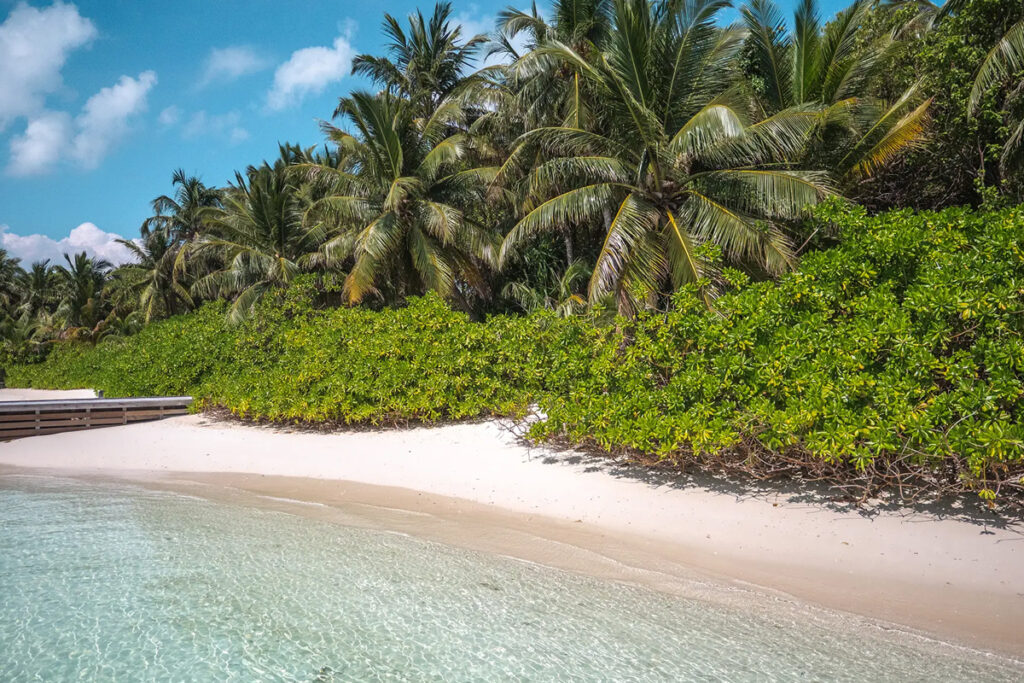
![6-Day Safari Tanzania: Southern National Parks [Migration Calving] 6-Day Safari Tanzania: Southern National Parks [Migration Calving]](https://www.lionviewtours.co.tz/wp-content/uploads/2024/09/6-Day-Safari-Tanzania-Southern-National-Parks-Migration-Calving-1024x683.jpg)
